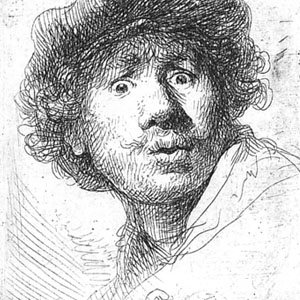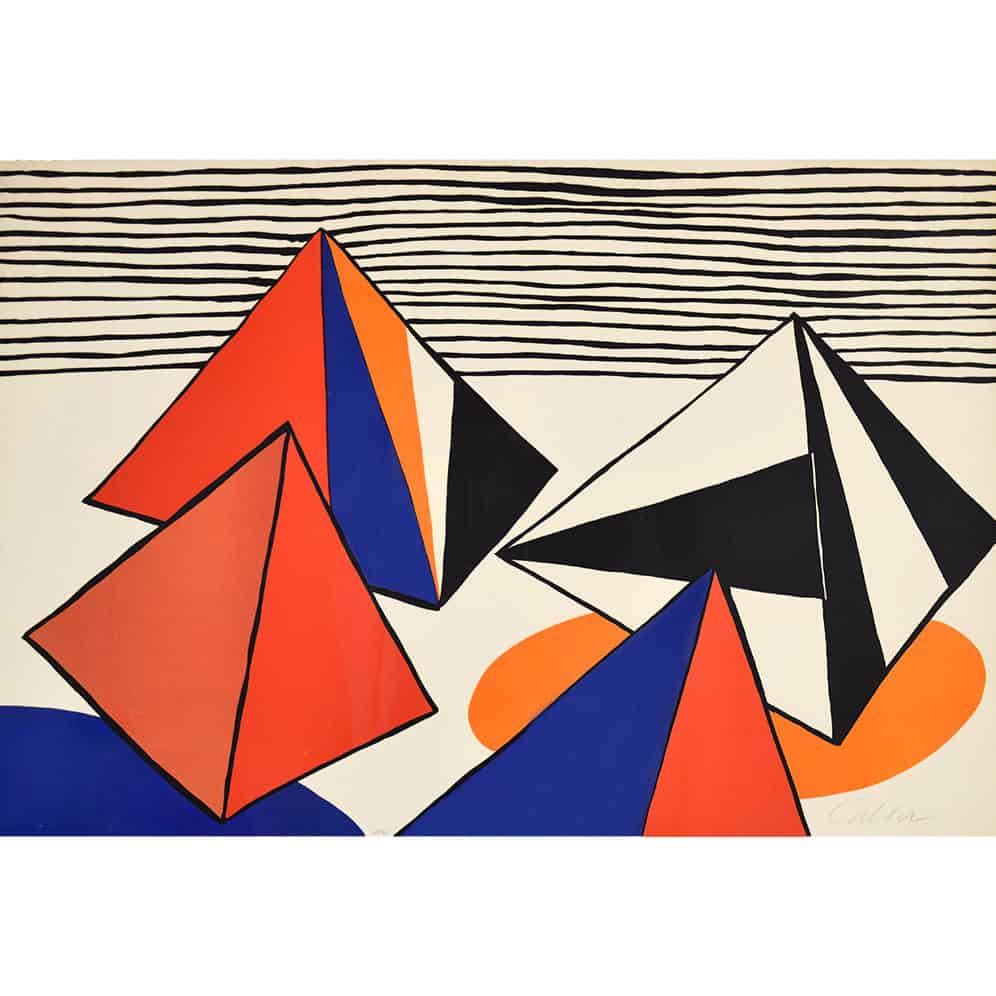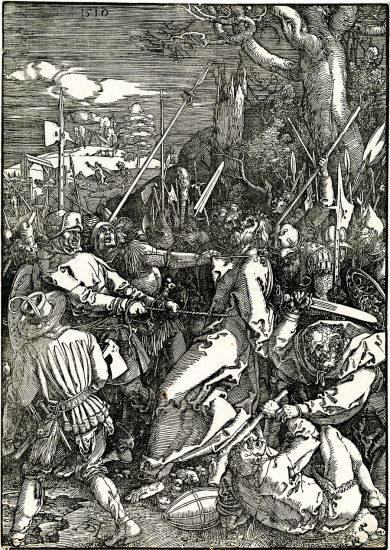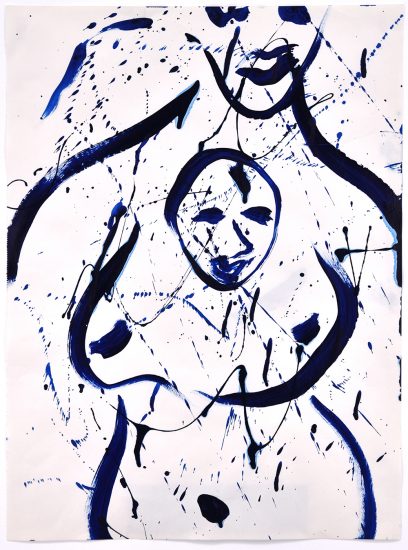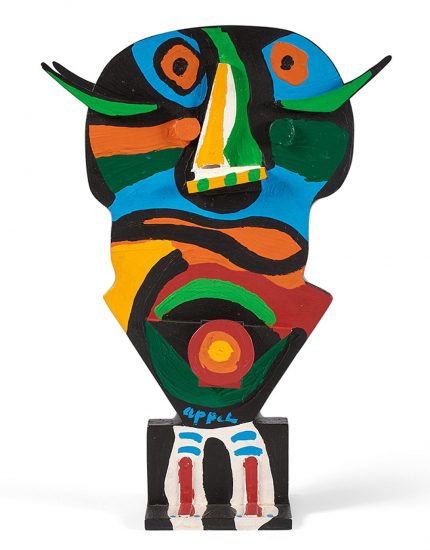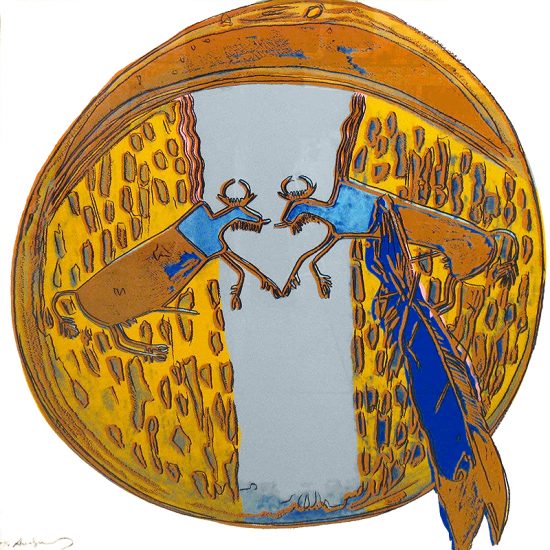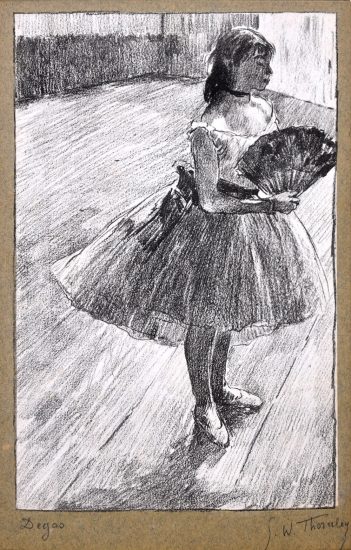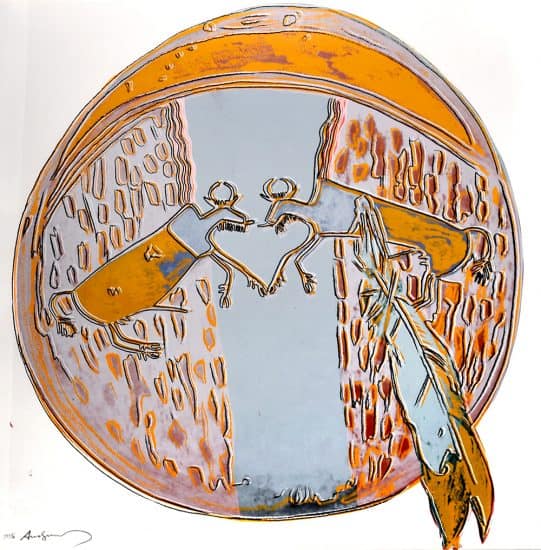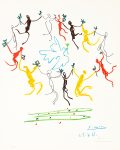
Line: Elementary/Middle
- Rembrandt
- Vincent Van Gogh
- Pablo Picasso
- Alexander Calder
LESSON PLAN: LINE
Overview: Students will learn about the history of 4 works of art by different artists from different time periods. Each work of art will demonstrate a different use of line. Students will then partake in a joint project, creating collaborative drawings that exemplify these different ways to use line.
Age Group: Middle School (Grades 6-8)
State Standards:
Visual Arts
Standard 1: Students perceive and respond to works of art, objects in nature, events, and the environment. They also use the vocabulary of the visual arts to express their observations.
Standard 2: Students apply artistic processes and skills, using a variety of media to communicate meaning and intent in original works of art.
Standard 3: Students analyze the role and development of the visual arts in past and present cultures throughout the world, noting human diversity as it relates to the visual arts and artists.
Length of Lesson:
One 45 minute lesson
Objectives:
Students will be able to:
- Define the term ‘line’
- Review line as a design element
- Analyze a work of art in terms of the artist’s use of line
- State different types of lines used in artwork
- Relate cultural influences and historical elements to the artwork that they view
- Use different types of lines to create their own collaborative drawings
Materials:
- 4 examples of artwork with varied uses of line
- Paper
- Colored pencils, crayons, markers (tools to draw with)
Lesson Procedure:
- Discuss the definition and importance of a line
- An element of design that goes from one point to another (a line has a beginning and an end)
- Lines can be straight, curved, jagged, wiggly, crooked, etc. They can be parallel or perpendicular, diagonal, vertical, or horizontal.
- What is the shortest way to get from dot a to b? Straight
- Other ways to get there as well – exemplify
- Show the following 4 works:
- Rembrandt (1606-1669) Beggar with Wooden Leg, c. 1630
- Famous Dutch artist – lived over 400 years ago
- Used delicate lines to convey emotional depth in his work
- Captured the essence of his human subjects
- Parallel and cross hatched lines (shading/value)
- Noteworthy sense of expression within his works
- Vincent Van Gogh (1853-1890) Vase with Pink Roses, 1890
- Dutch Impressionist painter; suffered from mental illness/troubled all of his life
- Impressionism: Uses non continuous lines to relay the impression of an image; Unlike other Impressionists, Van Gogh’s works not necessarily soft –almost harsh/violent as if capturing his emotional angst
- Died from a gunshot wound (maybe self-inflicted); sadly, his art was never appreciated during his life
- Dramatic lines/intense use of color to convey emotion
- Swirling, thick lines to relay emotion
- Pablo Picasso (1881-1973) The Youth Circle, 1961
- Spanish artist; one of the most famous artists of all time
- Best known for Cubism, but created art in many different styles
- In this work, uses simplicity of line to convey a sense of joy/emotion
- Soft, curved lines capture emotion with minimal detail
- Alexander Calder (1898-1976) Node and Bone, 1968
- American artist- mostly known for sculpture but also created paintings/prints
- Inventor of mobile/stabile
- He often uses bold, black lines that are applied with a clear intent; not soft/swirling but clear/defined
- For each work, provide brief background information on the artist, the time period, the artistic style, and the artist’s relationship/approach to line.
- Continue with questions such as the following:
- What is going on in this work? What do you see that makes you say that?
- How did the artist use line to create this image/what types of lines does he/she use? Describe the line(s).
- Do you like this piece? Why or why not?
- Have the students work on collaborative drawings using a connect-the-dot approach. One student draws a few dots on his/her paper. He/she passes this work to the student on their right, who then connects the prior student’s dots with varied types of lines and adds additional dots after drawing the lines. This student then passes the piece to the student behind them who connects the prior student’s dots with lines and draws their own dots and so on as time allows. Intersperse this activity between displaying each example, encouraging the students to use the type of lines exemplified by each example. Have each student use a different color for his/her lines and dots; the medium can vary (pencil, crayon, marker, etc.) if possible to provide different widths/textures to the lines. At the end of class, return the artwork to the original student and see what type of abstract design resulted from the classes’ collaborative use of line.
IMAGE ARTIST TITLE
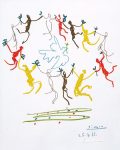 Pablo Picasso The Youth Circle
Pablo Picasso The Youth Circle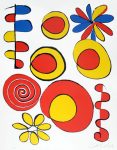 Alexander Calder Node and Bone
Alexander Calder Node and Bone Vincent Van Gogh Vase with Pink Roses
Vincent Van Gogh Vase with Pink Roses Rembrandt Beggar with Wooden Leg
Rembrandt Beggar with Wooden Leg

